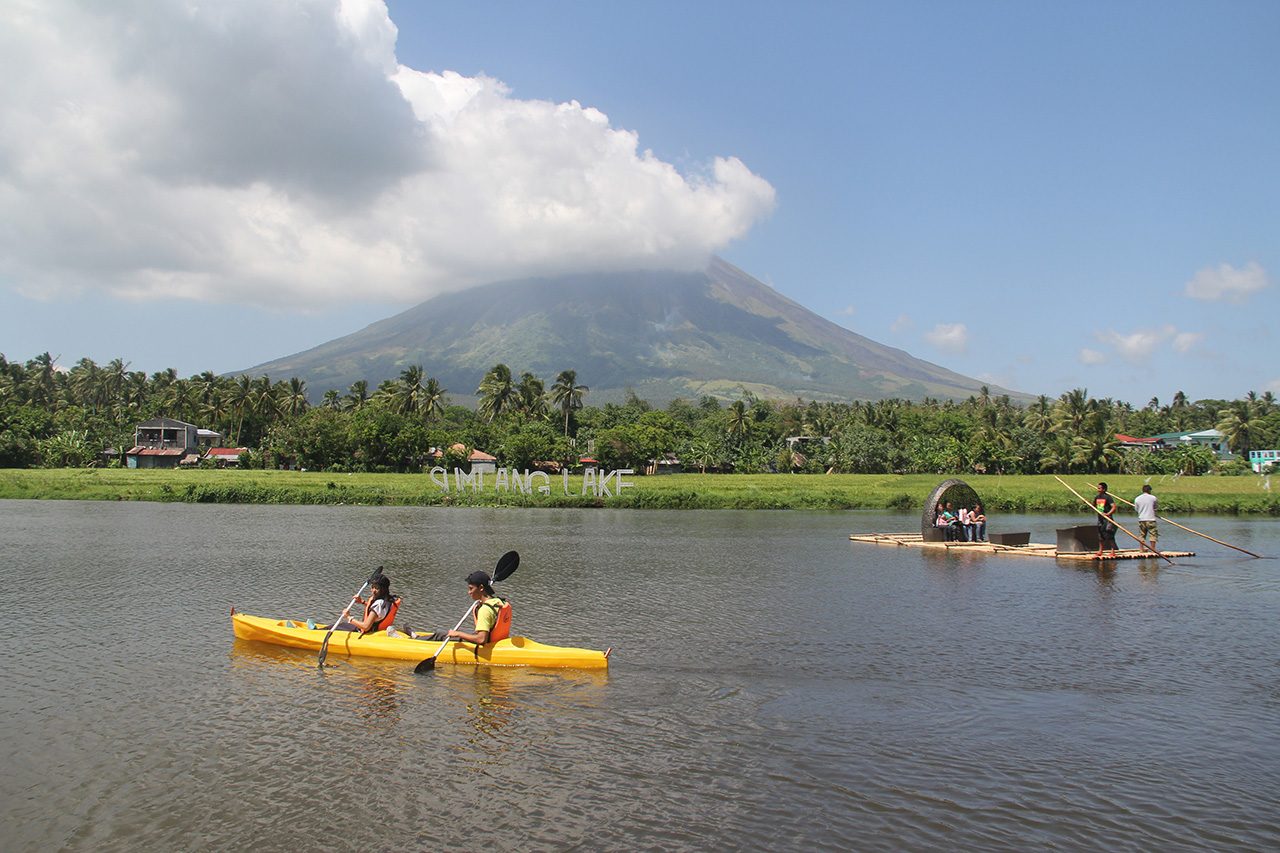SUMMARY
This is AI generated summarization, which may have errors. For context, always refer to the full article.

LEGAZPI CITY, Philippines – The province of Albay has been declared a biosphere reserve by the UN Educational, Scientific and Cultural Organization (UNESCO), joining a list of areas around the world that are prime examples of sustainable development and biodiversity.
The approval was given by the UNESCO during a two-day meeting in Lima, Peru, following the recommendation of Man and Biosphere (MAB) program’s International Co-ordinating Council (ICC). The newly-added sites were announced Saturday, March 19.
The MAB, set up in the early 1970s, aims to improve the “interaction between people and their natural environment on a global scale,” the UNESCO said.
“Biosphere reserves are places for learning about sustainable development aiming to reconcile the conservation of biodiversity with the sustainable use of natural resources,” the UN agency said.
The province is now considered as a “Science for Sustainability support site,” places that are considered as “learning sites” for sustainable development issues.
The UNESCO cited the following data: “The site’s high conservation value is constituted notably by its 182 terrestrial plant species, 46 of which are endemic. Its marine and coastal ecosystems number 12 species of mangrove, 40 species of seaweed or macro-algae, and 10 species of sea grass. Five of the world’s 7 species of marine turtles are to be found in Albay.”
Albay joins 2 other biosphere reserves in the Philippines: Puerto Galera (declared 1977) and Palawan (declared 1990). There are a total of 669 biosphere reserves located in 120 countries around the world as of 2015.
Albay Governor Joey Salceda, who is currently in Lima, said in a statement that the declaration is a welcome move as it is a mark of excellence. At the same time, he added, it poses a challenge to Albayanos.
“We consider it as our country’s modest contribution to the intergenerational transfer of resources to the future of the Philippines and the future of everyone,” he said.
Sustainable development is a way of life, in terms of sustainable fishing, agriculture, and tourism, the governor said.
“We in Albay are deeply committed, nationally and internationally, to climate change mitigation and adaptation. For these reasons, we believe we can contribute greatly to the World Network of Biosphere Reserves,” Salceda said.
Under Salceda’s helm, the province had an increase in mangrove and upland forests.
“We increased the terrestrial buffer zone from 35,000 hectares to over 62,000 hectares. Furthermore, the revised zonation now includes over 68,000 hectares as a marine buffer zone and over 65,000 hectares as a marine transition zone. Lastly, measures have been strengthened to protect endangered turtle spawning sites across Albay,” he said.
He thanked the MAB-ICC, the UNESCO national commission in the Philippines, the Department of Environment and Natural Resources, as well as the Philippines’ permanent delegation to the UNESCO for their support and endorsement of the province’s inclusion in the list.
“It means very much to the people and local government of Albay as this UNESCO Biosphere Reserve will inspire our local government and our community in our journey based on shared value, on shared goals and shared impacts for a transformation into a low emission inclusive and empowering, resilient and sustainable development,” Salceda said.
The declaration of Albay as a UNESCO Biosphere Reserve is another milestone for the province and the Philippines in general, Bicol regional tourism director Maria “Nini” Ong-Ravanilla said.
“Albay, [one of] the country’s emerging tourism destinations, will now be a center of science and biodiversity research, and its cultural heritage will be totally protected. With this, more tourists will be lured to come,” Ravanilla said.
Aside from Albay, 19 other sites have been added to the UNESCO’s network of protected biosphere nature reserves.
The list of new UNESCO biosphere reserves also includes sites in Algeria, Canada, Ghana, Haiti, India, Indonesia, Iran, Italy, Kazakhstan, Madagascar, Mexico, Morocco, Peru, Portugal, Tanzania, and the United Kingdom. – With a report from Agence France-Presse/Rappler.com
Add a comment
How does this make you feel?
There are no comments yet. Add your comment to start the conversation.